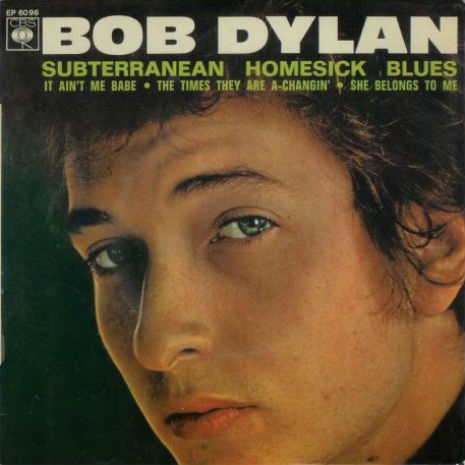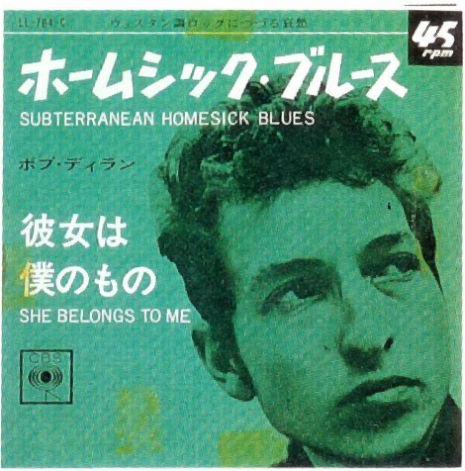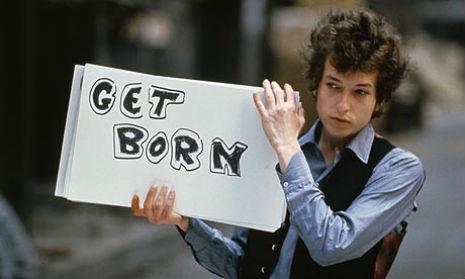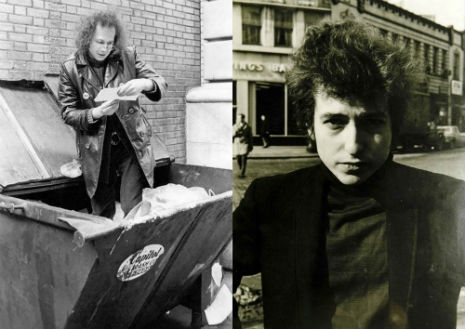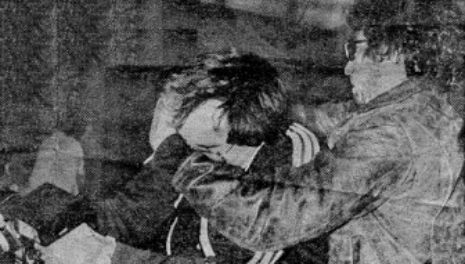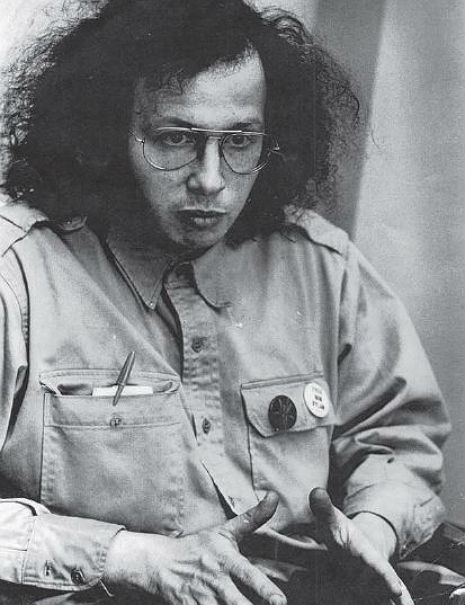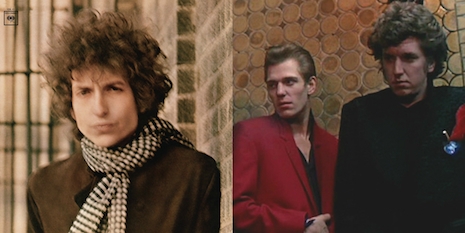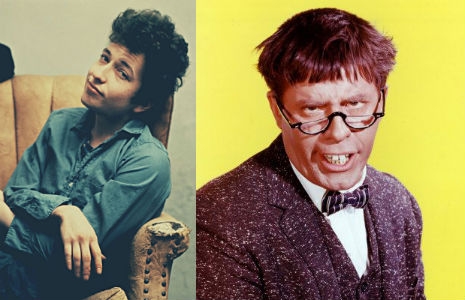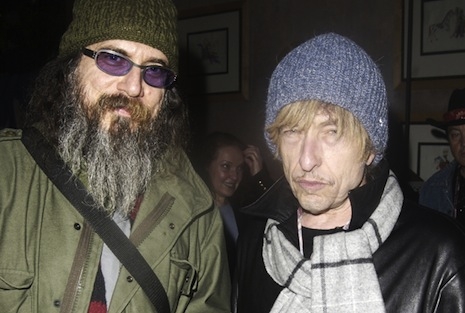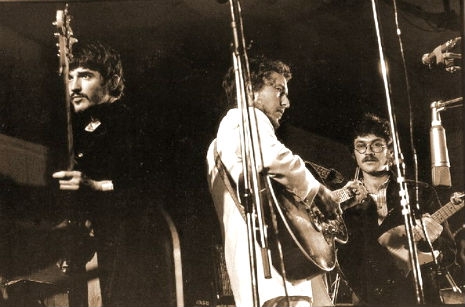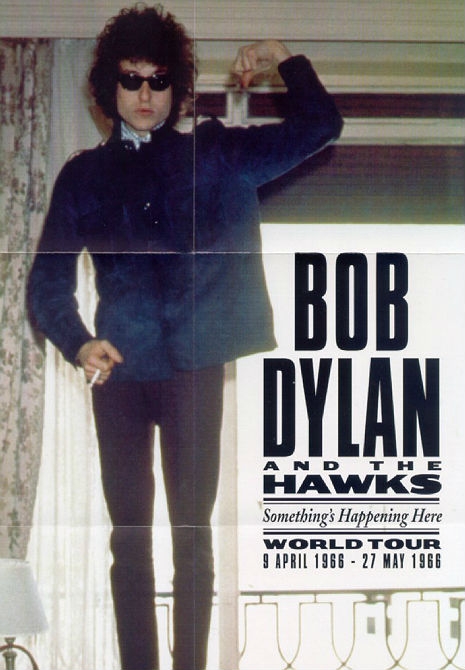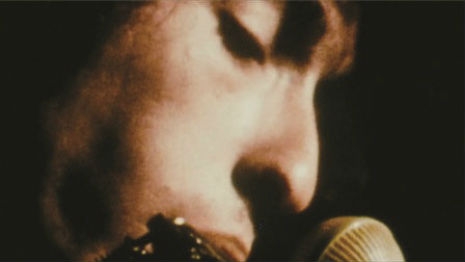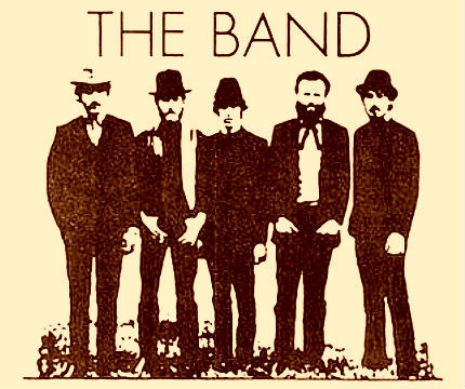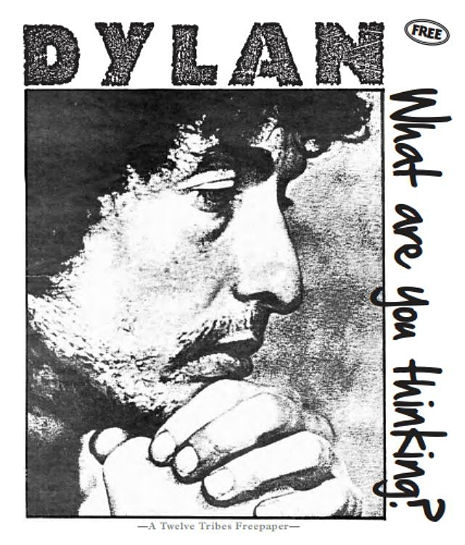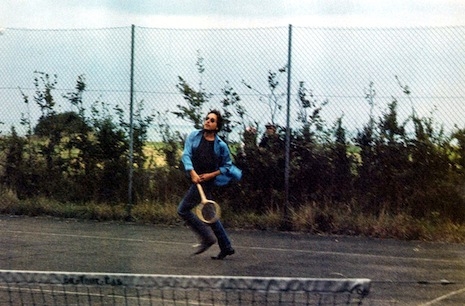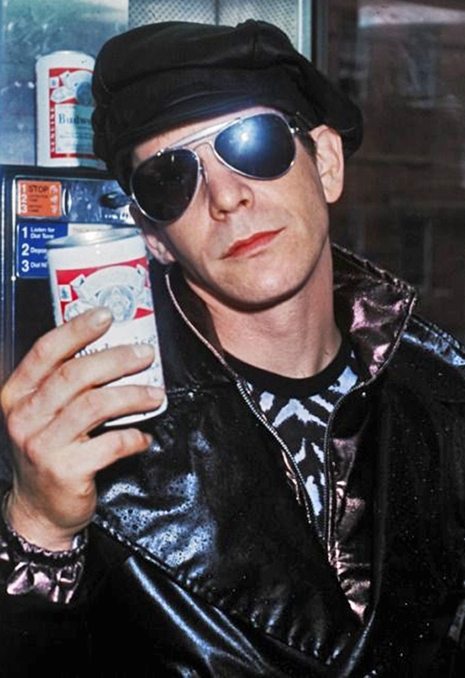
During my stretch as a student at the University of South Carolina (Go Cocks!), I attended classes with six individuals who would, for better or worse, go on to have a profound influence on the way we as a culture experience music.

Four of those dudes formed Hootie and the Blowfish:
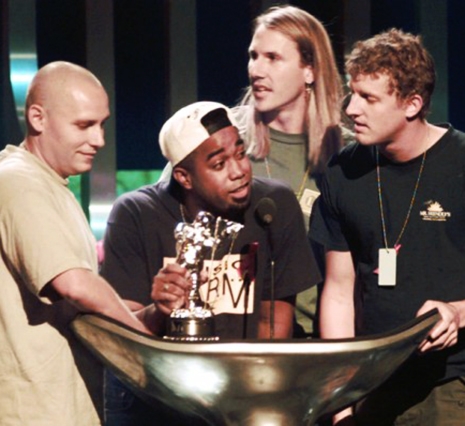
The other two were the think tank behind Advanced Genius Theory.
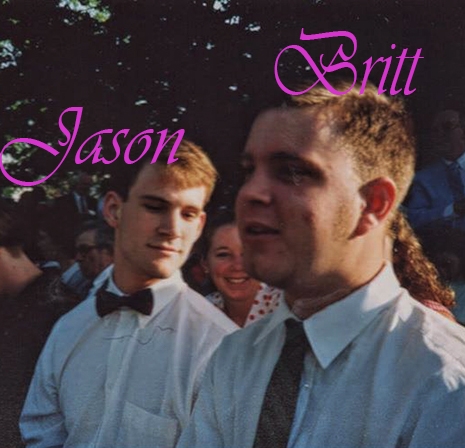
Wikipedia explains this theory:
The theory, developed by Jason Hartley and Britt Bergman, maintains that seemingly bad and confusing artists are actually still producing excellent works today, despite critic and fan belief. The hypothesis is based around a few key musicians (only individuals), namely Bob Dylan, Sting, David Bowie and (most-critically) Lou Reed. At one time, these musicians wore sunglasses, leather jackets and mullets when it was un-ironic to do so. Musical artists must at least have a self-portrait on one of their album covers, displaying their sunglasses or hairstyle (e.g. Street Hassle, Infidels, Aladdin Sane). The basic tenets are:
You must have done great work for more than 15 years.
You must have alienated your original fans.
You must be completely unironic.
You must be unpredictable.
You must “lose it.” Spectacularly.
Advanced Genius Theory essentially boils down to the notion that truly cutting edge work by great artists is typically misunderstood at the origin of creation, and that when those artists eventually attain public acceptance and later produce seemingly terrible material it is not so much that the new material is in actuality bad - but that the artist has advanced to the next level and it’s the audience who has yet to catch up.
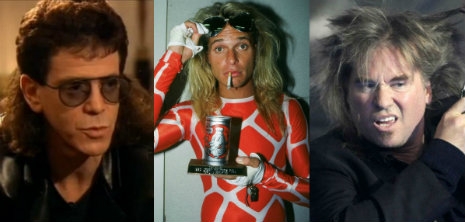
Advanced Genius Theory was adopted and exposed to a wider audience by celebrated author Chuck Klosterman where it has since remained a hotly debated premise in music crit circles.
Sadly, this week Advanced Genius Theory founder Britt Bergman himself advanced from this mortal coil at the age of 43.
I had a chance to speak with Jason Hartley, the theory’s co-founder and author of The Advanced Genius Theory: Are They Out of Their Minds or Ahead of Their Time?
Britt was more than a contributor to the Advanced Genius Theory, he was the reason it exists. He and I had known each other as children through a basketball league, but we went to different schools. In tenth grade, we reconnected in French class because he listened to Bauhaus and I listened to Black Flag. One day I went over to his house to listen to music, and he played The Velvet Underground & Nico. I knew Lou Reed a bit, but I didn’t know anything about VU because I had grown up on classic rock. After that day with Britt, The Doors just didn’t seem so mysterious anymore, though I still liked them and didn’t see why I shouldn’t just because another band was better. So while he exposed me to music most people had never heard, I made it a little easier for him to admit that he liked classic rock (including The Doors). Our high school years were a mix of Sisters of Mercy and Foghat, Captain Beefheart and Steely Dan, the Circle Jerks and Lynyrd Skynyrd. We were cool with all of it.
But one thing we could not understand: how did Lou Reed get so terrible in the 1980s? In particular, where did the slick, drum-machine powered, antiseptic Mistrial come from? One day in college at a Pizza Hut, we figured it out. If Lou Reed was ahead of his time when he was in the Velvet Underground, he must be still ahead of his time now and we were just like all the people who didn’t understand VU. Everything clicked into place. He didn’t suddenly start sucking, he was just beyond our comprehension. One of us said, “it seems like he has lost it, but really he has advanced.” We started listening to his solo stuff, including Mistrial, and loving it. Jokingly at first, but then completely sincerely. This opened up a whole world of music we had rejected before without truly listening to it. Who were we not to give Bob Dylan the benefit of the doubt? If David Bowie wants to do a duet with Mick Jagger, isn’t it possible that he knows a bit more about what is good than we do?
Over the years we developed what became the Advanced Theory, and so when I started freelancing at Spin Magazine, I brought it up one night. Everyone dismissed it, but then over the next few days, someone would come up to me and say, “is Prince Advanced? What about Elvis Costello?” I would patiently explain to them why or why not, but they were usually unsatisfied with the explanation because they didn’t understand the rules. At the time Chuck Klosterman was a contributor to Spin, and someone told him about the Advanced Theory (I wasn’t working there anymore). A bit later, he was talking to his editor at Esquire about possible column ideas, when Sting came on. I believe Chuck said, “oh, he’s Advanced,” then explained what that was. The editor thought it would make a great column, so Chuck called me up to ask if it was okay, then interviewed me. His article mentioned Val Kilmer as the most Advanced actor, which earned Chuck an invitation to visit Val in New Mexico. I’m told David Lee Roth wanted to know if he was Advanced. Eventually I wrote The Advanced Genius Theory, which expanded the theory to include actors, scientists, writers, and anyone else who was great for a while, then (seemingly) embarrassingly bad. All of this is thanks to Britt Bergman, who as I wrote in the book’s dedication, invented Lou Reed for me.
Read more about Advanced Genius Theory here. And in the meantime enjoy some “Advanced” Lou Reed in memory of Britt Bergman…
“The Original Wrapper”:
“My Red Joystick”:
Previously on Dangerous Minds:
Lou Reed and Metallica mutilate ‘White Light/White Heat’ on British TV November 8






